Cement Secrets: The Hidden World Of Concrete

Cement is one of the vital ingredients necessary to construct a solid and durable building.
However, modern-day cement houses mostly need help with choosing the correct variant. They have to rely entirely on the builder to determine the proper cement, often leading to expenditure.
This article can help you if you plan to construct a house anytime soon. It revolves around the types of cement used in construction. So, you can go through this article to learn about the cement variants recognized by the American Society for Testing and Materials.
Moreover, you can learn about the usage of each type of cement. However, first, you need to understand what cement exactly is. Have a look at the following points:
Cement: Definition
Cement is made by mixing chalk, marble, clay, and limestone. The manufacturing process involves mixing every ingredient and severe heating. After heating, the mixture goes through a grinder to become a fine powder.
Now, if you are among the people who confuse cement and concrete, learn that the prior one is an ingredient for the latter. Standard concrete comprises cement, sand aggregates, stone, and water.
So, besides knowing about the different types of cement, you now know that cement’s quality depends on the fineness of limestone, marl, and chalk. Similarly, concrete’s quality depends on the type of cement and stones.
List For The Types Of Cement And Their Uses
There are different kinds of cement. All variants of cement have different chemical compositions.
The top five types of cement primarily used in daily work are OPC, Water Repellant Cement, Sulphate Resistant Cement, White Cement, and Low Heat Cement.
Here are the details for the types of cement available in the US market. However, you can refer to other cement pdf files for authentication. Once you know about these variants, buying the best quality product will become easier.
1. Ordinary Portland Cement
Ordinary Portland Cement, or OPC, is the standard cement used to construct buildings. The other name for this cement is Portland Cement. It is a processed mixture of Alumina Silicates and Calcium Carbonate.
Average Portland is commonly used to make houses and mansions. In some cases, the sulphate-resistant Portland is also used.
Usages:
The OPC has a couple of sub-variants. They are type 1 and type 2. Here are the details about usage:
Type 1: Simple construction of houses and mansions and general use.
Type 2: Used to build walls or buildings that would encounter water. Here, Type 2 OPC is used in such a way that it is sulphate-resistant.
2. Water Repellent Cement
Water-repellent cement is a bit similar to Type 2 OPC. However, it has a different composition from metal stearates, mainly calcium and aluminum. This cement is prominently used to build walls or surfaces that would be in contact with water for a prolonged period.
Usages:
The Water Repellant Cement builds tanks, dams, banks, swimming pools, and retaining walls. You can also use it while building bridges and piers.
3. White Cement
White Cement is the same as OPC except for iron oxide. The absence of iron oxide gives it a white color and makes it more expensive than its counterpart. Nevertheless, leading architects use it to make a lot of things. Find them below:
Usages:
White cement makes floorings, garden paths, and patio slabs. It is also used to build anything ornamental with concrete.
4. Low Heat Cement
Low-heat cement is one of the unique flooring options. It has less tricalcium silicate and more dicalcium silicate in its composition. All our ingredients are the same as the OPC.
Usages:
The anomaly in low-heat cement makes it best for floorings. It consumes less water and takes less time to fit. Apart from house floorings, it is also used in chemical plants, dams, and wind turbine fleets.
5. Sulphate Resistant Cement
As per your concern about how many types of cement, the sulfate resistant variant is a prominent one. This is also one of the types of cement much compatible with water. It has got such a name as it does not react with water. Moreover, it takes much time to dry up.
Usages:
The sulphate-resistant cement is used to construct canals, culverts, siphons, sewage systems, etc. Moreover, it is also used to make the base of houses wherever there is high sulfate content in the soil.
6. Rapid Hardening Cement
The rapid hardening cement is an alternative to Portland cement. However, it is finer ground. The best part of this cement is the presence of more tricalcium silicate. So you can use it to build your house. Nevertheless, it is more expensive than the standard Portland cement.
Usages:
The rapid hardening cement hardens very fast, and it is best used to make big houses and apartments. Moreover, it is used to make roads.
7. Expansive Cement
Expansive cement can be the best when it comes to repairing. This is because it contains more calcium sulfate and tricalcium aluminate. So, it expands a bit with time.
Usages:
The expansion cement is best used in sealing joints. Moreover, anchor bolts and concrete ducts are necessary.
8. Hydraulic Cement
Again, Hydraulic Cement is one of the types of cement that is compatible with water. So, it is best for underwater usage. However, it has a drawback: it is unfit for areas with chili temperatures.
Usages:
The best usage of hydraulic cement is linked to making swimming pools, canals, and dam walls. However, this cement can only remain fit in the areas that have tropical weather.
9. High Alumina Cement
High Alumina cement contains ground bauxite and lime. This cement variant is fit for industrial use. The process of making high alumina cement is quite volatile as it goes through double heating and grinding processes. The High Alumina Cement is resistant to chemicals due to its low pH.
Usages:
High alumina cement is best for chemical industries and platforms where volatile chemical reactions take place. For example, it can be the best type of cement for making ovens to boil both solid and liquid chemicals.
10. Air Entering Cement
The list for “What are the types of cement” ends with the air-entering cement. This is unique as it contains a lot of tiny air bubbles. As a result, it is much weaker than all other types of cement. Therefore, neither is it suitable for construction or other experiments.
Usage:
Air-entering cement has no specific usage. However, it can make piers where scientists use de-icing chemicals.
Final Take Away
If you have read the article here, you probably know the basic facts about the leading types of cement. Remember to choose the best cement while purchasing, keeping in mind the work.
However, you can always expect US-based constructors to choose the proper cement for you. All you need to do will be to communicate appropriately with them. Lastly, try using the usage guidelines for using the glue.
Read Also:


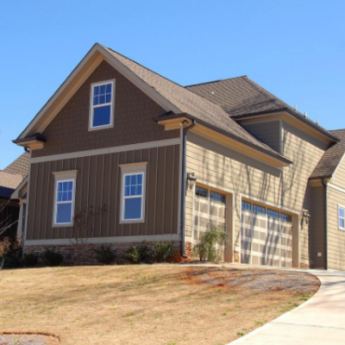




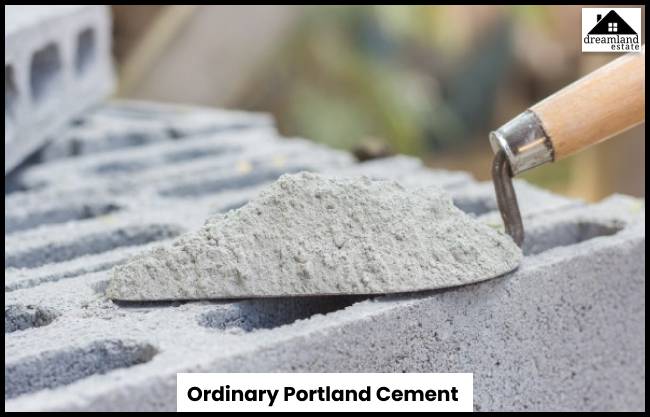

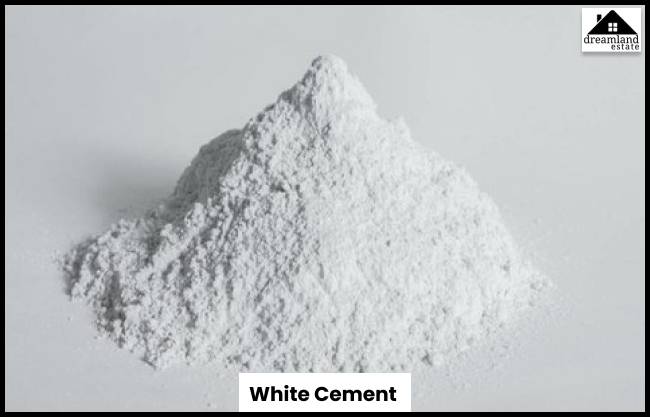


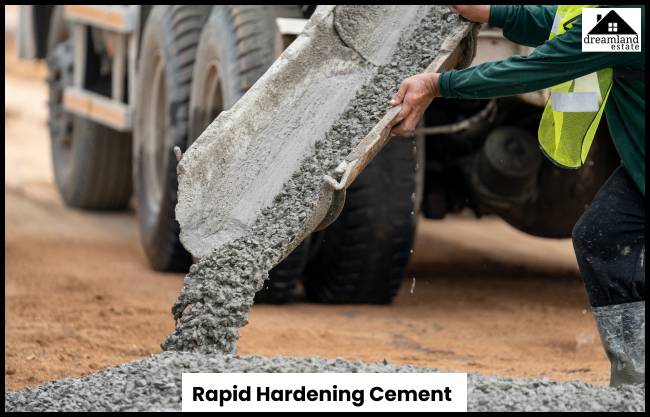
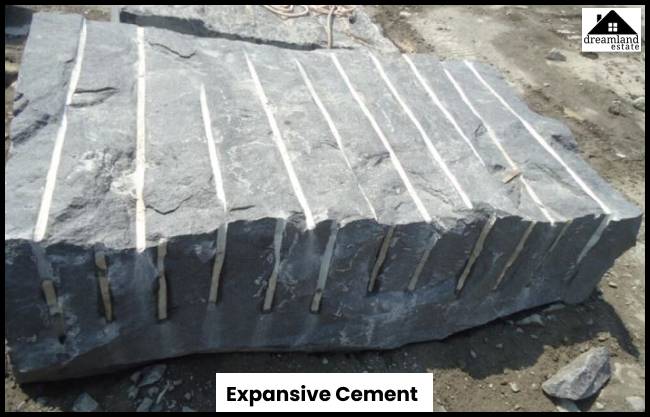

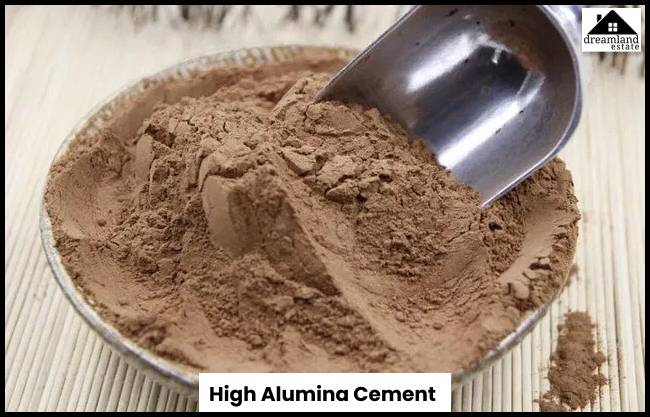





Leave A Reply